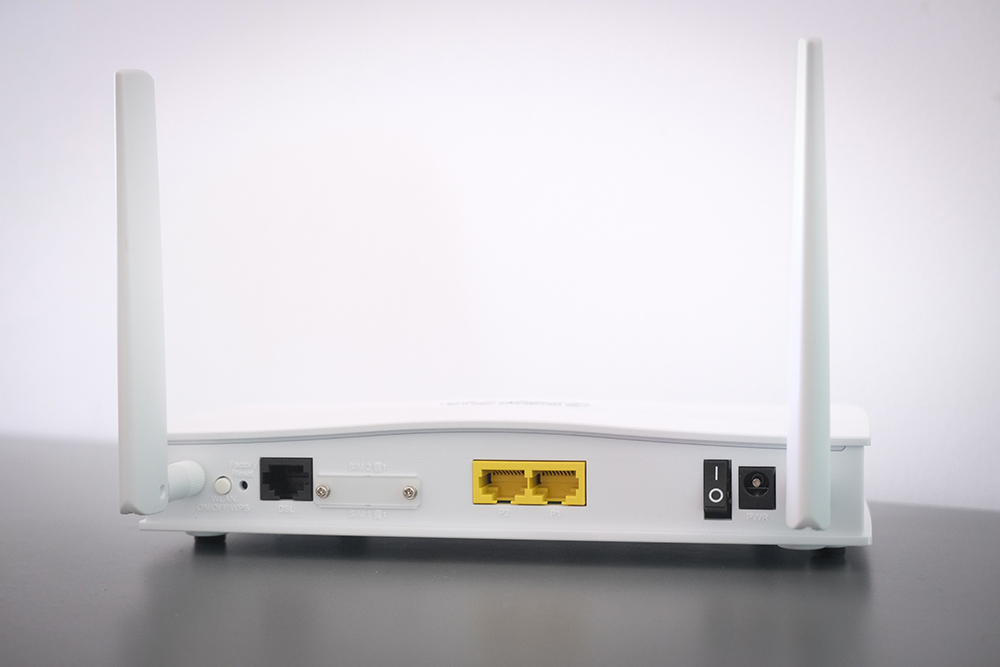With the proliferation of wireless devices such as cell phones, Wi-Fi routers, wireless alarms, and so on, it’s reasonable to wonder if there are any health risks associated with exposure to these devices.
When discussing radiation, of any type, it is important to distinguish between the two major types of radiation: ionizing and non-ionizing. Ionizing radiation refers to the higher frequencies at which radiation has enough energy to excite electrons and knock them out of their orbit. This type of radiation can break bonds, such as DNA. Examples of ionizing radiation include X-rays, gamma radiation, and the high end of the ultraviolet spectrum. Extensive exposure to ionizing radiation has been studied in depth, and its deleterious health aspects are well-documented.
Non-ionizing radiation refers to the lower radio frequencies such as visible light, infrared, microwaves, and those frequencies used by wireless communication technologies such as Wi-Fi and cellular phones. By definition, ionization does not occur at these wavelengths. But the question remains for some. Is non-ionizing radiation harmful?
The next important consideration when discussing radiation is power. The amount of power required to transmit radiation can vary depending on the device and application. For example, the ability to microwave your food requires a device that targets a very small area and uses relatively high levels of power, e.g. 1000 watts. This is very different from a Wi-Fi router that is designed to operate from longer distances and usually maxes out at about 1 watt if you were standing right next to it. As you can see, the difference between the power levels of different wireless devices can be significant, and this obviously matters in discussions about the impact of wireless and radiation on human health.
Speaking of power, radiation follows the inverse square law, specifically, each time you double the distance from the transmitter, the energy drops to a quarter (25%) of its previous level. In effect, this means the power or energy of the radiation emitted by a device very quickly drops off with even short distances. For example, if you were recording a power level of 1 watt while standing one foot away from a Wi-Fi router, that power would drop to 0.25 watts at two feet, 0.0625 watts at four feet, and so on. Any barriers between you and the device—such as a wall—will drop the power level even faster.
These three things — ionizing vs. non-ionizing, power, and distance — represent the major considerations when determining what damage, if any, a particular type of radiation can cause to the human body. Many studies have examined this topic and, in short, there has been no credible evidence to date that non-ionizing radiation at the lower power levels used by wireless communication devices is harmful to human health. Further reading on these studies can be found below:


